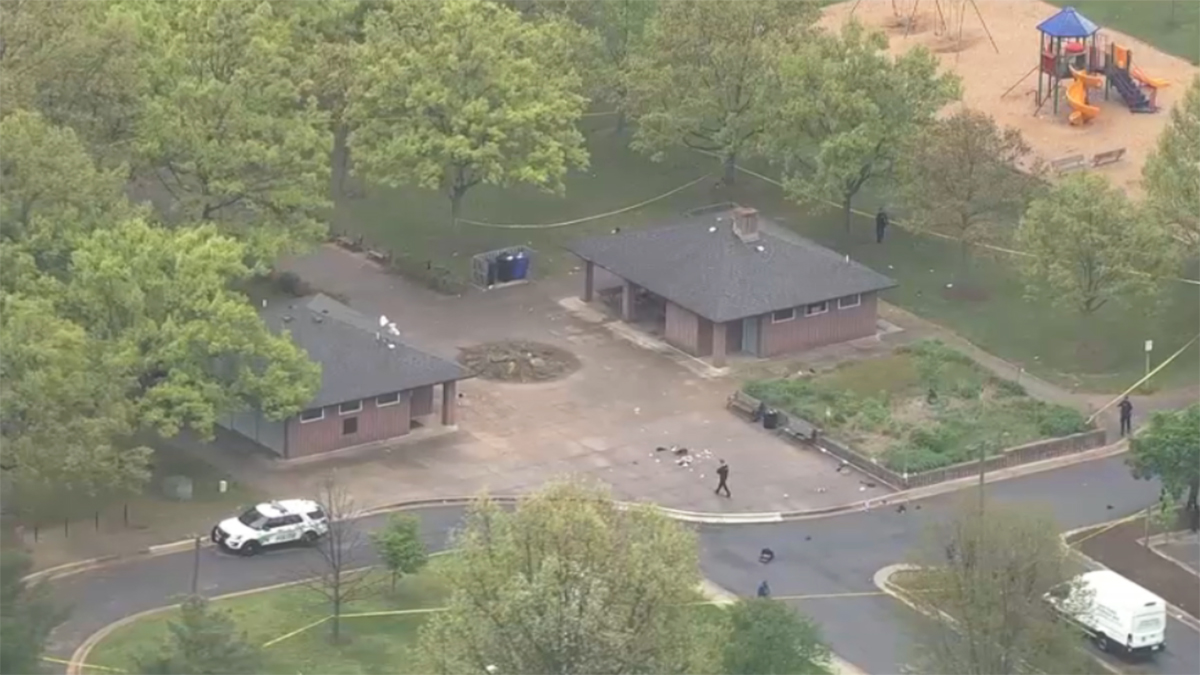The national news, it is exhausting.
We cannot look away, nor should we, nor could we. Even if we tried, it would seep through our cellphones and conversations and computers.
As we wrote last week, associating with or promoting Nazi ideology ought to be the brightest red line. Former Republican House Speaker Newt Gingrich, no conservative shirker, said simply, “Good people don’t march with neo-Nazis.”
On CBS’s “Face the Nation” Sunday, The Atlantic editor Jeffrey Goldberg succinctly summed up Trump’s stumbling inflammation of the nation, saying Trump and his supporters may not realize that the president “is accelerating the demise of Confederate statues. He’s accelerating the demise of Southern Romanticism.”
Make no mistake, the statues and symbols of the old Confederacy and its embrace of slavery are doomed. The emerging debate now is, What next? Do we remove and destroy all vestiges of them? Do we add on-site context to show that these statues and memorials were not just honoring brave soldiers but also were venerating slavery and the states’ rights argument that supported it? Or do we remove them to places of museum and historical study?
Lonnie Bunch, director of the National Museum of African American History and Culture, knows the power of historical artifacts that tell the abusive, murderous treatment of slaves on the ships heading here and in our own country.
“It is often easier to take our attention away from the harsh realities of history,” he wrote in a lengthy statement released over the weekend. “At the [museum] we are committed to bringing history — with all of its pain and promise — front and center.”
Local
Washington, D.C., Maryland and Virginia local news, events and information
Whatever is done with each Confederate statue, the issue of “honoring” the Southern rebellion is being put to rest. The Confederate battle flag itself now mostly rests only in museums or in racist hands.
We may look back and see these issues as symbolic if we as a nation turn more squarely to deep “institutional racism” that lies in issues of housing, finance, justice and education. Is this an inflection point? Stay tuned.
■ A bit of musical humor. With all of the grave and grizzly videos that recorded the violence in Charlottesville, a brief, humorous cellphone video from 2015 in Columbia, S.C., made a YouTube comeback.
A group of men are marching with Confederate battle flags opposing efforts to remove such flags from public spaces. Musician Matt Buck walked alongside, comically playing marching sounds and parts of the “Ride of the Valkyries.” The marchers don’t seem to realize at first that they are being mocked. Ridicule can be very powerful. What next, sprays with clown seltzer water?
■ Good music all around. We were happy on Saturday to attend the grand reopening of the Duke Ellington School of the Arts in Burleith. The school is at 35th and R streets NW and is worth riding by.
The physical building is now worthy of the “big dreams” its students bring to the academic classroom, the rehearsal space, the dance studio, the 800-seat professional auditorium and recording studio.
Peggy Cooper Cafritz spoke on Saturday. She was the dreamer whose college activism and later work inspired the creation of the school that opened in the 1970s. It had been the old Western High School that first opened in 1898. (That’s not a typo.)
Cooper spoke on Saturday, but the image we liked most was when she sat quietly on stage, her eyes closed and her body gently swaying as international opera star Denyce Graves (class of ’81) sang “The Impossible Dream” a cappella.
The school was not renovated. It was rebuilt. It also was reimagined, and costs soared to $100 million more than first estimates. But cost overruns are a separate issue. Since Mayor Tony Williams, the city has spent more than $3.5 billion on modernizing or replacing schools that, quite simply, were hellholes in many cases.
At-large D.C. Council member David Grosso, chair of the council’s Committee on Education, told WAMU’s Politics Hour on Friday that more financial safeguards are in place for all school construction. No doubt there could be more.
And Ward 2 Council member Jack Evans, chair of the Finance and Revenue Committee, says he’s working on a plan to set aside money for yearly and timely school maintenance. The biggest tragedy, he told the Notebook, would be to skimp and delay maintenance on what the city has built and wind up back where we were.
At Ellington, history teacher Nicolas Ojeda told NBC4 what the new Ellington means for the faculty and students.
“It shows that we belong here. We belong in a world-class facility. Hopefully working in this building will inspire [our students] to become artists, scholars, humanitarians,” Ojeda said.
And history teacher Lynn Moore, who has taught at the school 17 years, told us, “I feel like we are entering into a glorious renaissance.”
Tom Sherwood, a Southwest resident, is a political reporter for News 4.



